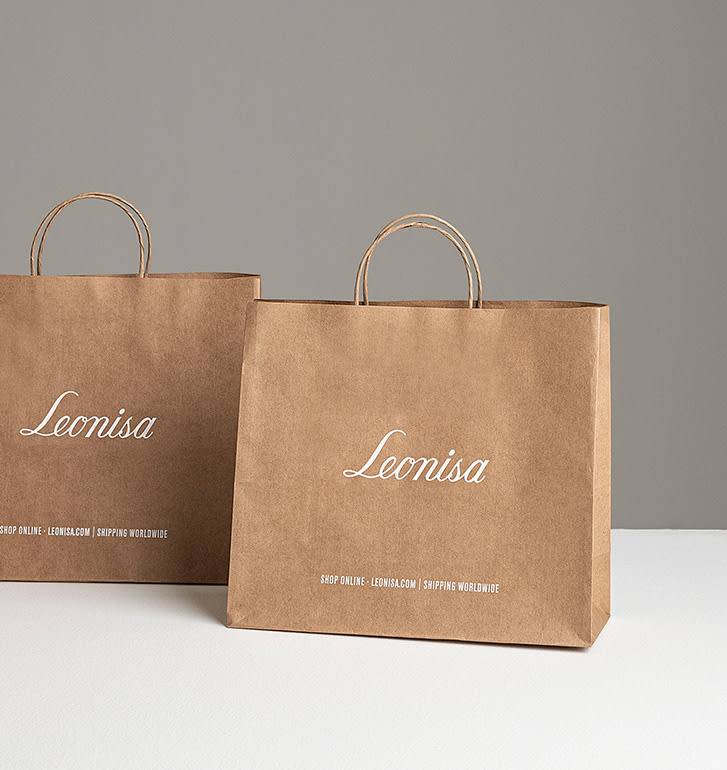The importance of sustainability in lingerie: ecological materials and manufacturing processes
The lingerie industry has undergone significant change in recent years, with an increasing focus on sustainability and environmental responsibility.
As more consumers become aware of the negative impact of fast and disposable fashion, there is a need to adopt greener practices and carefully consider the materials and manufacturing processes used in lingerie. In this sense, sustainability in lingerie has become a fundamental concern for both brands and consumers.

Importance of sustainability in the fashion industry
One of the main focus areas is the choice of eco-friendly materials. More and more brands are choosing to use sustainable materials such as organic cotton, bamboo, modal, hemp and recycled fabrics.
These materials reduce environmental impact compared to conventional materials and are softer on the skin and comfortable to wear. By choosing lingerie made from eco-friendly materials, consumers can support conserving natural resources, reducing pollution and minimizing their carbon footprint.
Manufacturing processes also play a crucial role in the sustainability of lingerie. Brands are adopting more responsible approaches, such as using natural dyes and production methods that minimize water and energy consumption.
In addition, they are also implementing ethical and fair production practices, are also being implemented , ensuring safe working conditions and living wages for workers in the industry. These efforts not only protect the environment, but also promote a supply chain that is more ethical and respectful of human rights.
Environmental impact of clothing production
The production of clothing has a significant impact on the environment: from the cultivation of raw materials to the manufacturing and distribution processes. Each stage of the clothing life cycle contributes to air, water and soil pollution, as well as the generation of waste. The intensive use of chemical products, the massive consumption of water, the emission of greenhouse gases and the accumulation of textile waste are just some of the environmental problems associated with large-scale clothing production. It is critical to address these issues and adopt more sustainable practices in the fashion industry to reduce its negative impact on the environment and work towards a more conscious future.
Ecological materials used in the manufacture of sustainable lingerie
The sustainable manufacture of lingerie is based on the use of ecological materials that minimize environmental impact. Let's look at some examples of eco-friendly materials commonly used in sustainable fashion manufacturing.
Organic cotton
Organic cotton is grown without the use of toxic pesticides or environmentally harmful chemical fertilizers. Its production promotes the conservation of biodiversity and soil health and reduces water consumption compared to conventional cotton. In addition, it is hypoallergenic and gentle on the skin, making it a very popular choice in the field of sustainable fashion.
Recycled lace
Recycled lace is obtained from materials such as discarded fishing nets or remnants of lace fabrics from previous production. By using this type of lace, the production of new materials is avoided and the amount of textile waste is reduced. This practice encourages the circular economy and the reuse of existing resources.
Natural fibers: silk and bamboo
Silk and bamboo are popular choices in sustainable lingerie manufacturing due to their natural origin and eco-friendly properties.. Silk is obtained from the cocoons of silkworms and its production is carried out in a sustainable way. For its part, bamboo is a fast-growing plant that requires little water and does not need pesticides or chemical fertilizers. Both fibers are soft, breathable, and biodegradable, making them great choices for sustainable fashion.
Recycled plastic
Recycled plastic has become an innovative option for manufacturing sustainable fashion. It is used to create fabrics and lace from recycled plastic bottles. By taking advantage of plastic waste and turning it into quality materials, the amount of plastic in landfills is reduced and the demand for new petroleum-derived plastics is reduced.
Sustainable fashion manufacturing processes
In the search for sustainability in the fashion industry, manufacturing processes play a fundamental role. Below are some examples of sustainable manufacturing processes used in the production of lingerie:
Eco-friendly dyeing and printing
Eco-dyeing and printing are methods of coloring fabrics that reduce the use of toxic chemicals and water consumption. Instead of using conventional dyes, natural plant-derived dyes are used, such as indigo, turmeric, or cochineal. These dyes are biodegradable and do not pollute water resources. In addition, environmentally friendly printing techniques are encouraged, such as lead-free screen printing and the use of water-based inks.
Local production and fair trade
Local production and fair trade are approaches that seek to reduce the carbon footprint and promote fair labor conditions. Opting for local production implies the manufacture of lingerie in geographical proximity to consumers, which reduces transport emissions and supports the local economy.
For its part, fair trade guarantees decent wages and safe working conditions workers involved in the production of lingerie. This practice seeks to eradicate labor exploitation and promote fair and equitable relationships throughout the entire supply chain.
What sets us apart at Leonisa?
At Leonisa we recognize the importance of following environmentally friendly practices for both our clients and the planet.
Commitment to water
At our facilities we have a water treatment plant that allows us to reuse 20% of this resource, while the rest is discharged following the regulations established for the discharge of liquids. Our medium or long-term goal is to increase our water reuse capacity to 60%.
In addition, we use state-of-the-art dyeing machines that optimize water consumption.
Commitment to energy
Our solar panels generate 700,000 KW of electrical energy per year from sunlight. Thanks to this, we avoid the emission of 250 tons of CO2 per year.
In addition, we have managed to reduce our energy consumption by 10% thanks to an efficient and responsible use of energy, a figure that we seek to maintain and increase.
Commitment to the air
To ensure that our emissions are free of particulate matter, we use clean fuels, we keep our machines in optimal conditions and we have technology that captures the volatile organic compounds emitted.
Commitment to the use of environmentally friendly materials
We have implemented various measures to reduce our plastic consumption by 66.5 tons per year:
- We develop totally compostable bags made from corn.
- We use reusable hooks.
- We reduced the size of the blister packs used to protect garments.
Additionally, many of our labels are made from a material that can be planted, resulting in a beautiful plant.
In the event that they cannot be planted, consumers can take the labels to our physical stores, and we will take care of reusing them.
Commitment to the reuse and conservation of materials
We reuse the textile surplus to create new products or send it to companies that separate the threads to obtain new raw material. In this way, we avoid wasting materials. What cannot be reused is used to manufacture products such as drawers or production organizers.
Likewise, when transporting our garments, we have stopped using cardboard boxes and have opted for durable plastic crates, which have a longer useful life.






























































